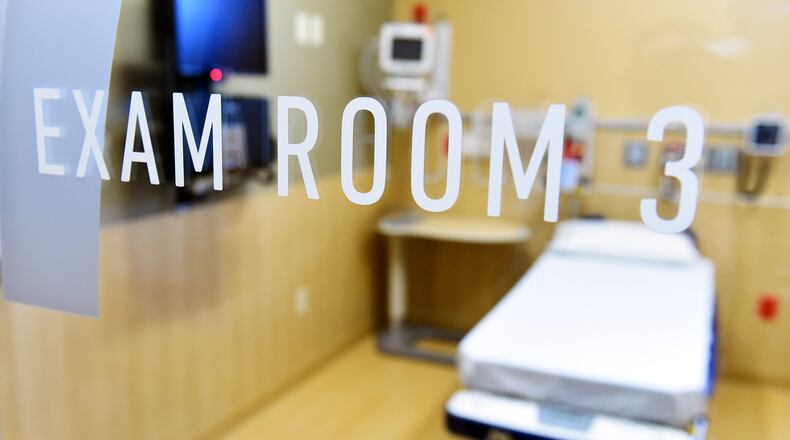An inspector general with the U.S. Department for Health and Human Services says the state should claw back $51.3 million. The payments covered deceased people who were still listed as enrolled in the low-income health insurance program, according to the IG.
But Ohio officials dispute that math. They say it will take considerable time to determine exactly what Ohio Medicaid — which gets state and federal funding — should have paid out during those years, and that the result is likely similar to the payments that were actually made.
In other words, they say any overpayments were minimal.
MORE: CareSource hires seasoned health care lobbyist
Ohio Medicaid officials also say it has updated its systems to better notify the state when someone enrolled in the program dies.
“No provider has billed for services for a deceased person, and nearly a year ago, as part of ongoing work to modernize the system, safeguards went online that prevent it from happening,” said Ohio Medicaid.
Most Ohio Medicaid benefits are managed by private insurance companies that get paid a flat fee per member per month. The insurance companies use that money to cover the cost of health care for their members, and the companies keep what doesn’t get spent on care.
Ohio Medicaid paid six private insurance companies $90.5 million between 2014 and 2016 to manage the health insurance benefits for people who had died but were not removed from Medicaid’s books, according to the federal inspector general.
Of that amount, the inspector general asserts Ohio still needs to recover $51.3 million, which breaks down to $38 million for the federal government and $13.3 million for Ohio.
The largest of these six privatized Medicaid plans is CareSource, based in Dayton. Steve Ringel, CareSource Ohio Market president, said the money paid to Medicaid plans to provide care are appropriate and adjusted regularly by the state.
MORE: CareSource seeks to grow Medicare business past startup phase
“CareSource is committed to the health and well-being of the members we are privileged to serve and we pride ourselves on being a good steward of taxpayer dollars,” he said.
The state is appealing the federal government’s claims. The state and federal government are likely not actually owed millions back in tax dollars, according to Ohio Medicaid officials.
Ohio Medicaid officials say if they redid the math on how much should have been paid to the insurance companies and this time didn’t include the dead enrollees, Ohio Medicaid would have to pay insurance companies more each month for each Medicaid member during those years.
That’s because the amount of money Ohio Medicaid pays private insurance companies considers how much the companies need to spend on health care for each member. Since the insurance companies were not paying for health services for the dead enrollees, it watered down the average amount spent on health services for each Medicaid member.
To resolve the issue of the $51 million, Ohio Medicaid wants the inspector general to consider that if it had immediately stopped making payments when enrollees died, then the state would have made monthly payments for fewer people on Medicaid but paid more money in monthly payments for each person on Medicaid.
Medicaid Facts & Figures
$51.3 million: Amount inspector general says Ohio Medicaid paid for dead enrollees, 2014-2016
$38 million: Federal share of $51.3 million
$26.8 billion: Total Ohio paid to private Medicaid plans, 2014-2016
About the Author
